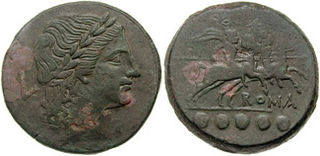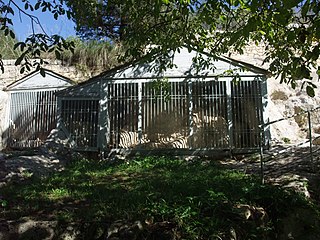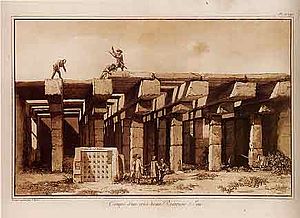
Tindari, ancient Tyndaris or Tyndarion, is a small town, frazione in the comune of Patti and a Latin Catholic titular see.

Buscemi is an Italian town and comune (municipality) of 968 inhabitants of the free municipal consortium of Syracuse, in Sicily.

Luceria is an ancient city in the northern Apennines, located in the comune of Canossa in the Province of Reggio Emilia, on the right bank of the river Enza.

San Giorgio Morgeto is a comune (municipality) in the Province of Reggio Calabria in the Italian region Calabria, located about 70 kilometres southwest of Catanzaro and about 50 km (31 mi) northeast of Reggio Calabria. As of 31 December 2004, it had a population of 3,356 and an area of 35.1 square kilometres (13.6 sq mi).
Canicattini Bagni is a comune (municipality) in the Province of Syracuse, Sicily (Italy), located about 190 kilometres (120 mi) southeast of Palermo and about 20 kilometres (12 mi) southwest of Syracuse. As of 31 December 2004, it had a population of 7,415 and an area of 15.1 square kilometres (5.8 sq mi).

The Santoni are a collection of statues carved into a rock face near Palazzolo Acreide, the ancient Akrai, in Sicily.

Capo Colonna is a cape in Calabria located near Crotone. In ancient Roman times the promontory was called Promunturium Lacinium. The modern name derives from the remaining column of the Temple of Hera Lacinia.

The Roman shipyard of Stifone is an archaeological find of Roman origin recently discovered in Umbria, in the municipality of Narni, inside an artificial channel adjacent the Nera River, about 900 metres down-river from the village of Stifone. Its position is just behind the remains of the river port of the ancient city of Narni.

Akrai was a Greek colony of Magna Graecia founded in Sicily by the Syracusans in 663 BC. It was located near the modern Palazzolo Acreide.

San Giovanni Fuoricivitas is a Romanesque religious church and adjacent buildings in Pistoia, Tuscany, central Italy. The adjective fuoricivitas refers to it location, outside of the first set of city walls, when it was founded during the era of Lombard rule in Italy.

The Greek theatre of Syracuse lies on the south slopes of the Temenite hill, overlooking the modern city of Syracuse in southeastern Sicily, Italy. It was first built in the 5th century BC, rebuilt in the 3rd century BC and renovated again in the Roman period. Today, it is a part of the Unesco World Heritage Site of "Syracuse and the Rocky Necropolis of Pantalica".

Angelo Italia was an Italian Jesuit and Baroque architect, who was born in Licata and died in Palermo. He designed a number of churches in Sicily, and later worked to reconstruct three cities following the 1693 Sicily earthquake.

The Temple of Apollo is one of the most important ancient Greek monuments of Magna Graecia on Ortygia, in front of the Piazza Pancali in Syracuse, Sicily, Italy.

The Castra Albana was an ancient Roman legionary fortress of the Legio II Parthica founded by the Emperor Septimius Severus (193-211) on the site of the present Albano Laziale.

Castelluccio culture is an archaeological feature dating to Ancient Bronze Age of the prehistoric civilization of Sicily, originally identified by Paolo Orsi on the basis of a particular ceramic style, in the homonymous village, between Noto and Siracusa.

The Cathedral of Syracuse, formally the Cattedrale metropolitana della Natività di Maria Santissima, is an ancient Catholic church in Syracuse, Sicily, the seat of the Catholic Archdiocese of Siracusa. Its structure is originally a Greek doric temple, and for this reason it is included in a UNESCO World Heritage Site designated in 2005.

The Roman amphitheatre of Syracuse is one of the best preserved structures in the city of Syracuse, Sicily, from the early Imperial period.

The Amphitheatre of Catania is a Roman amphitheatre in Catania, Sicily, Southern Italy, built in the Roman Imperial period, probably in the 2nd century AD, on the northern edge of the ancient city at the base of the Montevergine hill. Only a small section of the structure is now visible, below ground level, to the north of Piazza Stesicoro. This area is now the historic centre of the city, but was then on the outskirts of the ancient town and also occupied by the necropolis of Catania. The structure is part of the Parco archeologico greco-romano di Catania.

Florentia was a Roman city in the Arno valley from which Florence originated. According to tradition, it was built by the legions of Gaius Julius Caesar in 59 BC; however, the prevailing hypothesis dates the foundation of the city to the Augustan period.



























